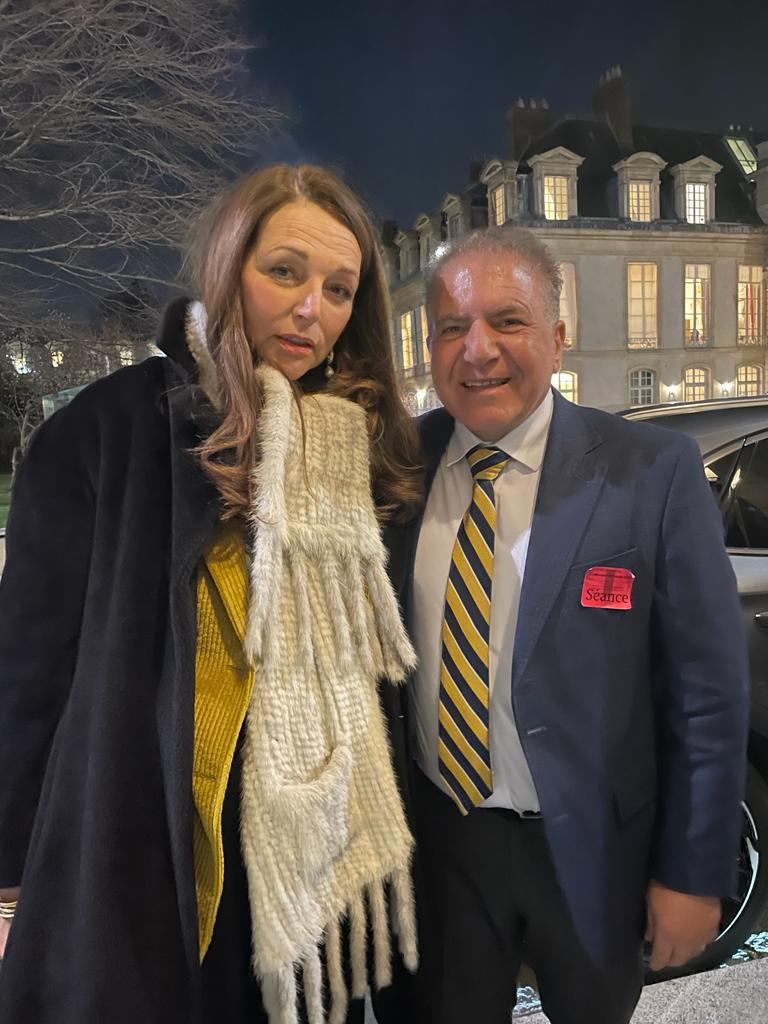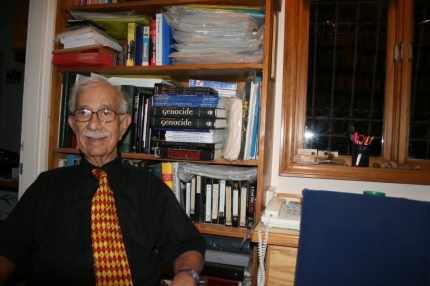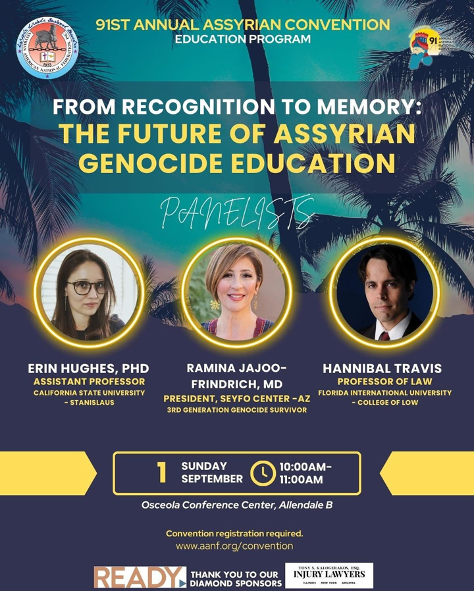Grandson of a survivor of the 1915 genocide, born in Turabdin, southeastern Turkey, Abuna Fikri Gabriel is a Doctor of Theology from the Catholic University of Louvain, Professor of Catholic religion at the Saint Laurent-Liège Institute and a Priest at the Syriac Church in Liège. He has published two essays in the Review of Ecclesiastical History, the Vatican faced with the genocide of Armenians and Syriacs (Brepols 2016) and in Cahier de la revue théologique de Louvain 46, Syriacs and Turks, what dialogue? (Peeters 2021). He also contributed to many works translated from Syriac into French. He is a fervent defender of ecumenism as the future of Christianity.
The following descriptions of the books are translated from French using Google Translate. See the attachment for the original. You can also watch a discussion on YouTube.
Volume I, Seyfo, The Genocide of the Syriacs- (1840-1915)
This volume deals with the tragic and irreparable events that marked the existence of Syriacs.
During the 19th century, calamities followed one another to culminate in 1915 in the eradication of one of the oldest and most prestigious civilizations of our humanity: the genocide of the Syriacs (Seyfo). The annihilation of the people belonging to the four Syriac Churches was undertaken and decided at the highest level of the Young Turk State.
At the same time, the author describes how the Vatican archives, which are full of secret reports, confirm the existence of a pogrom organized by the Young Turks against the Christian element.
Staying true to the different denominations that the original archives of the time use
to speak of the Syriacs, Abuna Fikri Gabriel recounts in a meticulous way the situation
geopolitics of the time, the arrival of Western missionaries, the appointment of a delegate by Rome, the harassment of bands of Kurds and the Hamidian massacres, and specially how the First World War became a favorable context for the worst abuses.
Region by region, from Turabdin to Hakkâri, via Diyarbakir, Mosul, and the Caucasus
Iran, the physical and cultural genocide of Syriacs committed by the Ottoman Empire between 1915 and 1918 became the height of horror in contemporary history.
Even today, more than a hundred years after their extermination in its broad composition, the Turkish people maintain an attitude of denial and hostile feelings towards these people.
Volume II, Vatican’s Attitude towards the Seyfo-(1915-1923)
In this second volume, it is by deciphering the Vatican archives, diplomatic reports,
authentic writings and scientific research that Abuna Fikri Gabriel exposes
chronologically, from 1915 to 1920, the harmful project set up by the Young Turks:
to exterminate the Christian minorities of the Ottoman Empire and particularly the Syriac people belonging to the four primary churches of Christianity.
Faced with the inaction of the great powers of the time, both during the conflicts and after the war, what place can the Holy See occupy – a neutral and impartial body during the First World War – to stop the steamroller of the genocidaires which threatens the existence of minorities Christians, and particularly Syriacs?
Here, it is a question of the action of Benedict XV and his emissaries despite the neutrality and impartiality of the Vatican. From the Apostolic Delegate of Constantinople to that of Syria, passing by that of Persia and all the Catholic missionaries present on the territory of the Empire Ottoman Empire, all are called upon by the Vatican Secretary of State to help the Christian communities. Among them, some are massacred, deported and starved by the YoungTurks and their Kurdish substitutes.
At the same time, the Vatican archives shed light on diplomatic relations until then
secrets which show how the relief brought by the Holy See and the misery of the survivors become a means for certain high Catholic dignitaries to rally the Syriacs to the Roman cause.



